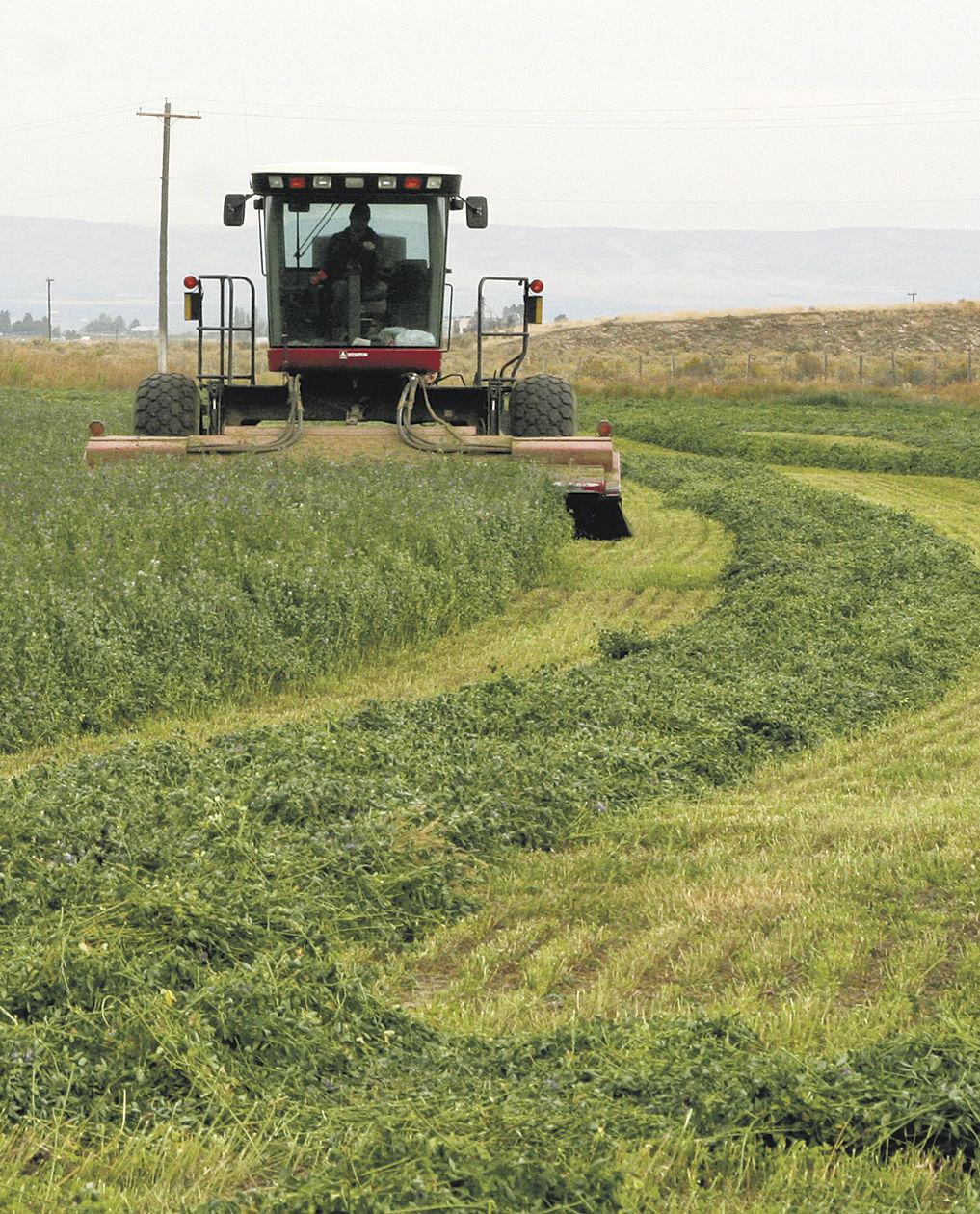This article was published on: 05/24/21 3:21 PM
Widespread drought and water shortages in 2021 are affecting what farmers in the Western U.S. are planting. Farmers across Oregon and California are making difficult decisions: tearing out acreage, replacing water-dependent crops with crops that can thrive on dryland and leaving land fallow.
Rice, a water-dependent crop, has been affected. According to the California Farm Bureau Federation, rice farmers are planting fewer acres this year. Analysts say the state’s rice acreage will likely be down 20% from average because of water restrictions, driving up the price.
The U.S. Department of Agriculture estimated California will produce 471,000 rice acres this year, down 9% from 2020.
Cranberries, like rice, need wet conditions to thrive, and experts say this year’s water shortages will impact cranberry producers’ planting and harvesting decisions. According to the U.S. Drought Monitor, Oregon’s southern coast — a major cranberry-growing region — is already experiencing severe to exceptional drought.
Over the past 10 years, as water shortages have become more common, experts say the shrinkage in alfalfa acreage has been “dramatic.”
According to USDA’s National Agricultural Statistics Service, California farmers in 2020 harvested just 515,000 acres of alfalfa, down from more than 1 million acres in 2010. Oregon’s alfalfa acreage also shrank during that timeframe — by nearly 14%.
“Drought has been a huge contributor to the decline in alfalfa acreage,” said Daniel Putnam, Extension agronomist and forage specialist at the University of California, Davis. “Water uncertainty, labor and economics, I think, have driven the shift to different crops.”
Although the West exports hay, Putnam said it’s actually a “hay deficient region.” With shrinking alfalfa acreage, Putnam said he expects higher hay prices this year — good for hay growers, bad for livestock producers.
But Putnam said he thinks farmers are too quick to throw in the towel on alfalfa when drought hits. Putnam said that based on his research, he thinks alfalfa is a great crop to grow during drought.
”It’s counterintuitive,” he said.
The secret to growing alfalfa with water shortages, he said, is partially irrigating.
Based on Putnam’s studies, when a grower cuts back to 50% of full watering, alfalfa still produces 80% to 85% of full yield. When a grower cuts to 75% of full watering, 95% of full yield is obtained.
Putnam’s advice is to water the crop as fully as possible for as long as possible, harvesting early cuttings and foregoing late cuttings.
In the best almond-growing regions, most growers are continuing as-is or even scaling up production. In contrast, some growers across drier areas are pulling out hundreds of almond acres and either planting other crops, like pistachios, or finding other uses for land, like leasing to solar facilities.
Overall, however, the almond industry continues to grow by acreage and production, said Richard Waycott, the Almond Board’s CEO and president.
Farmers growing other crops, including vegetables and fruits, are also suffering.
Industry leaders across commodities are pushing legislators to have more conversations about groundwater recharge, stormwater and recycling of municipal wastewater.




